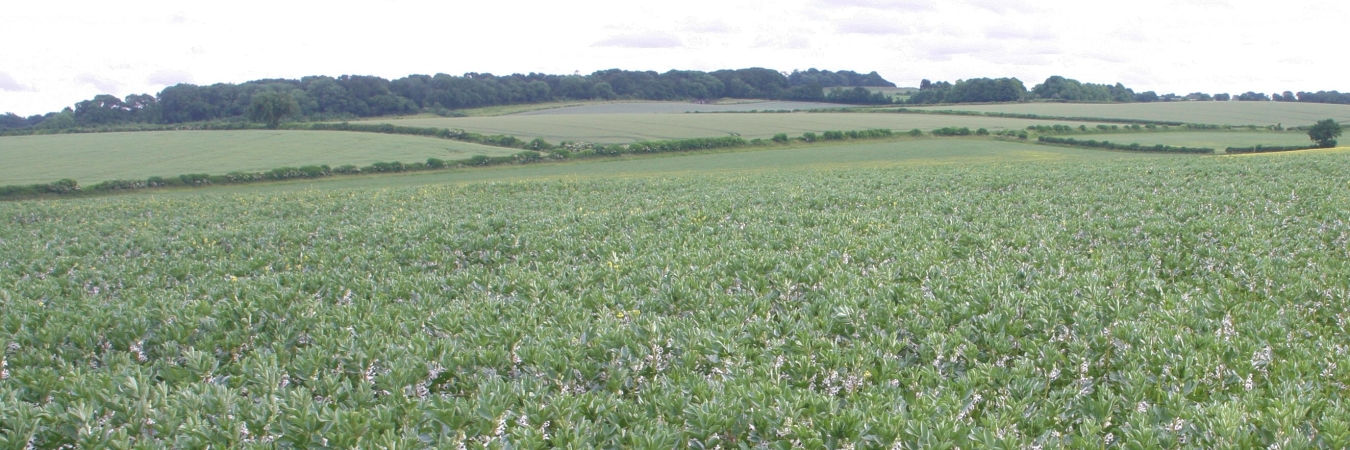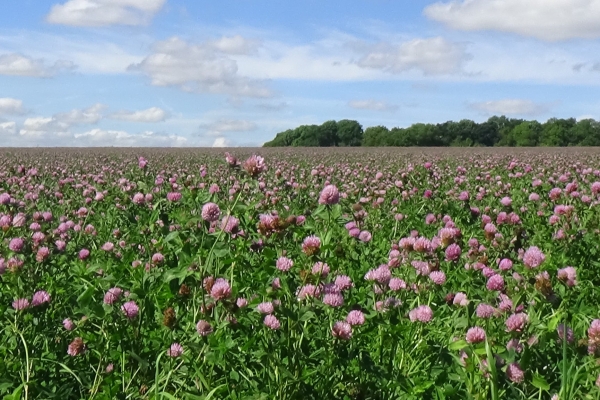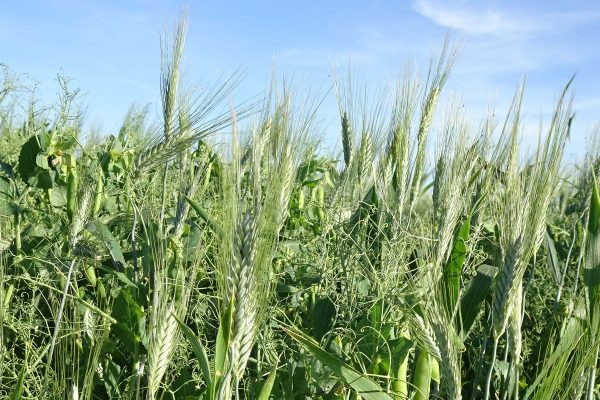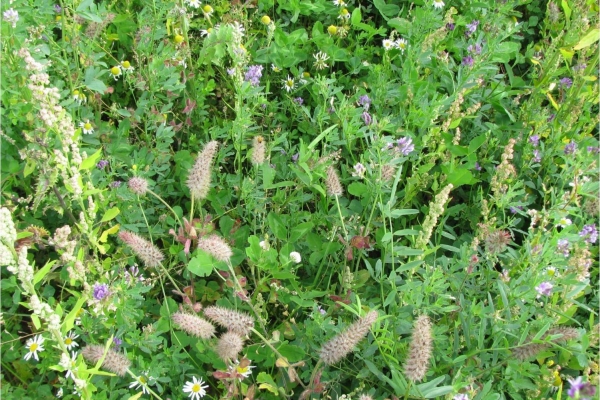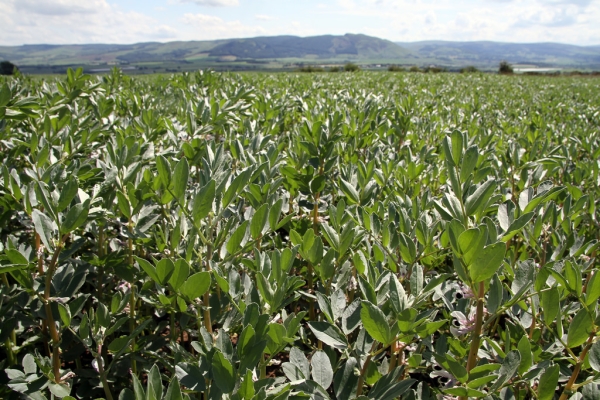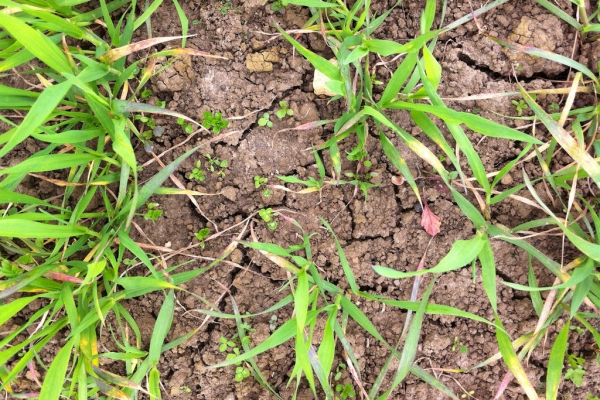Increasing use of grain legumes in crop rotations
Organic Management Techniques to Improve Sustainability of Non-Organic Farming
Resource explained
This abstract was composed as part of a Defra-funded project looking at organic management techniques that could be applied on non-organic farms and help improve sustainability. It describes information on increasing the use of legumes in crop rotations to help supply nitrogen (N) to the farming system through biological fixation, and lists the main agronomic, economic and/or ecological value you can expect to gain from doing this. It includes practical recommendations that will help you implement it on your farm and other useful information such as the time of year you could apply the method, suitability according to your farming system, and equipment required. It also includes a case study of a farmer who is applying this method. Potential benefits and potential barriers you would need to consider, financial implications, and how it relates to legislation are also listed.
Findings & recommendations
- Increasing the use of legumes in crop rotations provides an additional source of income for farm managers whilst supplying N to the system from a renewable source (biological fixation). Increased supply of domestic protein can also help to meet animal nutritional requirements in a sustainable manner.
- Using legumes can also help improve the yields of crops following the legume in a rotation and provide a disease break for cereals and oilseeds.
- The method can be easily applied on non-organic farms provided that the right equipment is available and there is seed readily available from a number of suppliers.
- Some of the benefits include reduced fertiliser expenditure, increased on-farm biodiversity, farm staff workloads being spread throughout the year due to there being a broader range of crop types and harvest periods, and breaking pest, disease and weed cycles.
- It is important to ensure there is an adequate market before sowing crops, to avoid wasted investment in equipment/ infrastructure.
- There is an increased time required for managing crops with different husbandry requirements to ‘traditional’ cereal crops.
